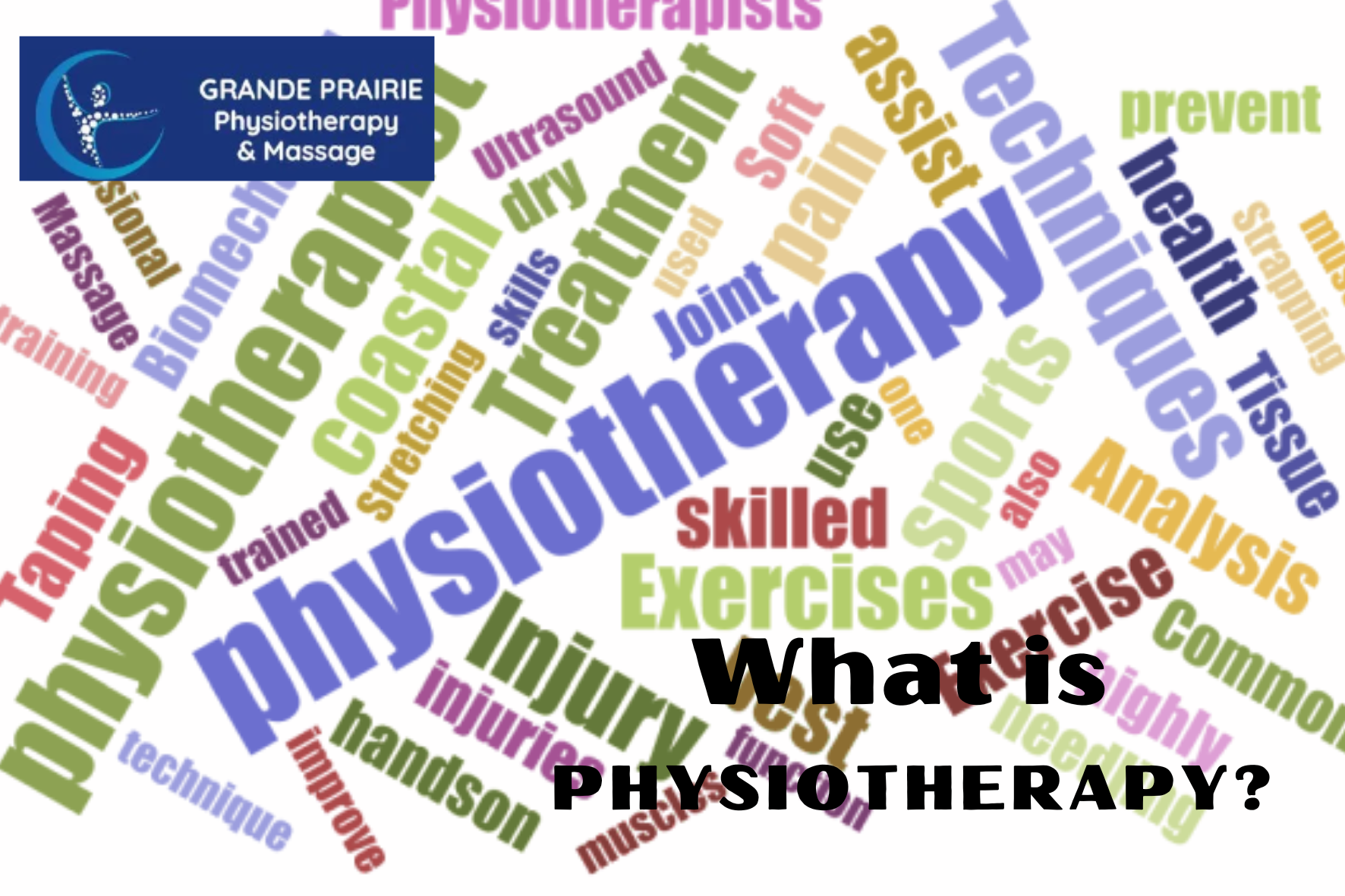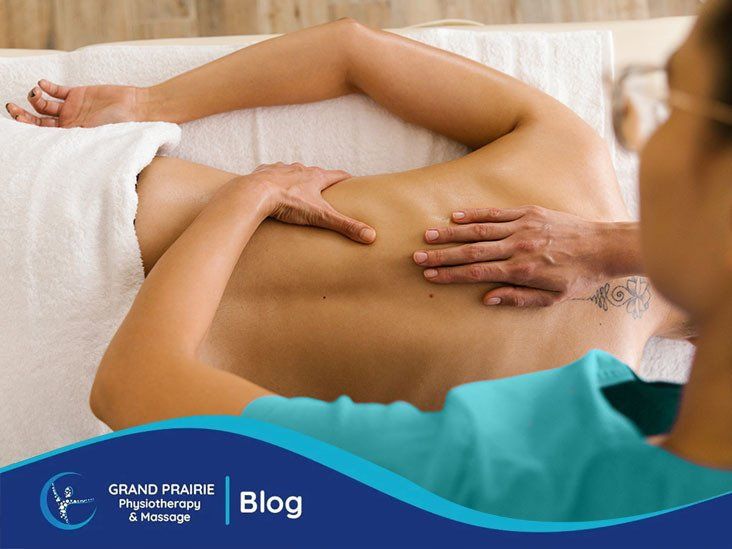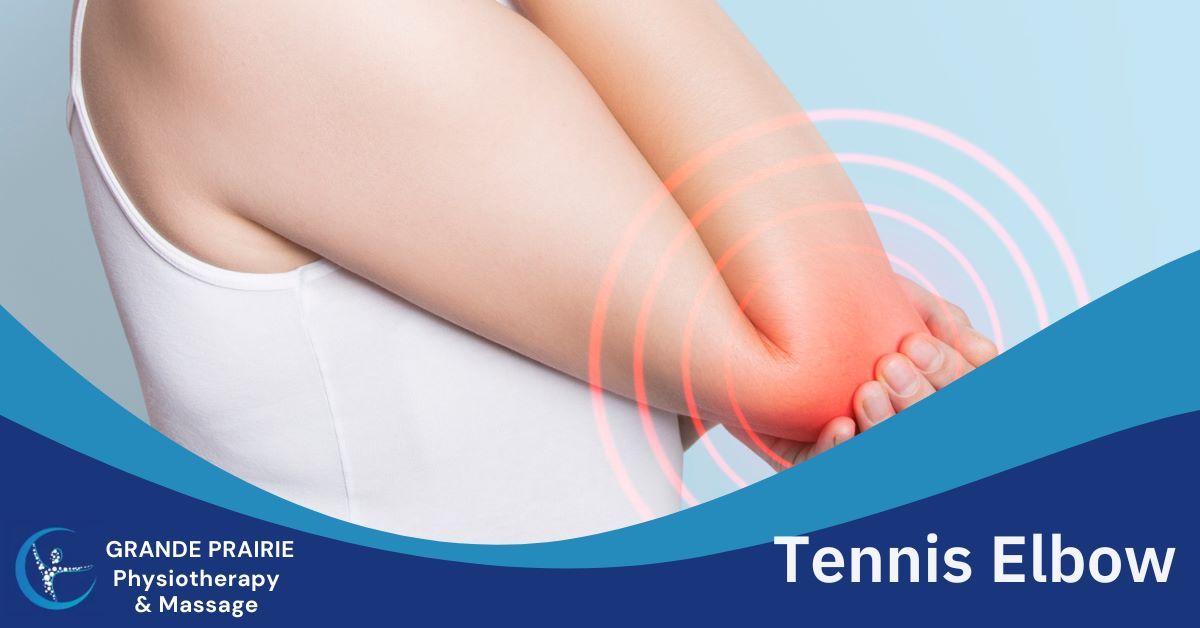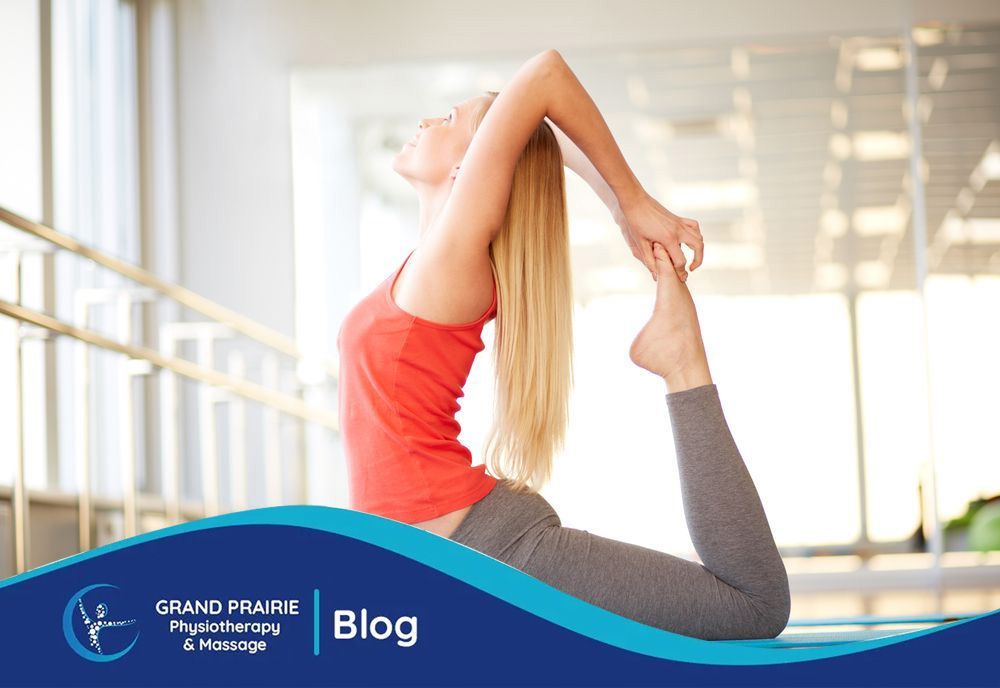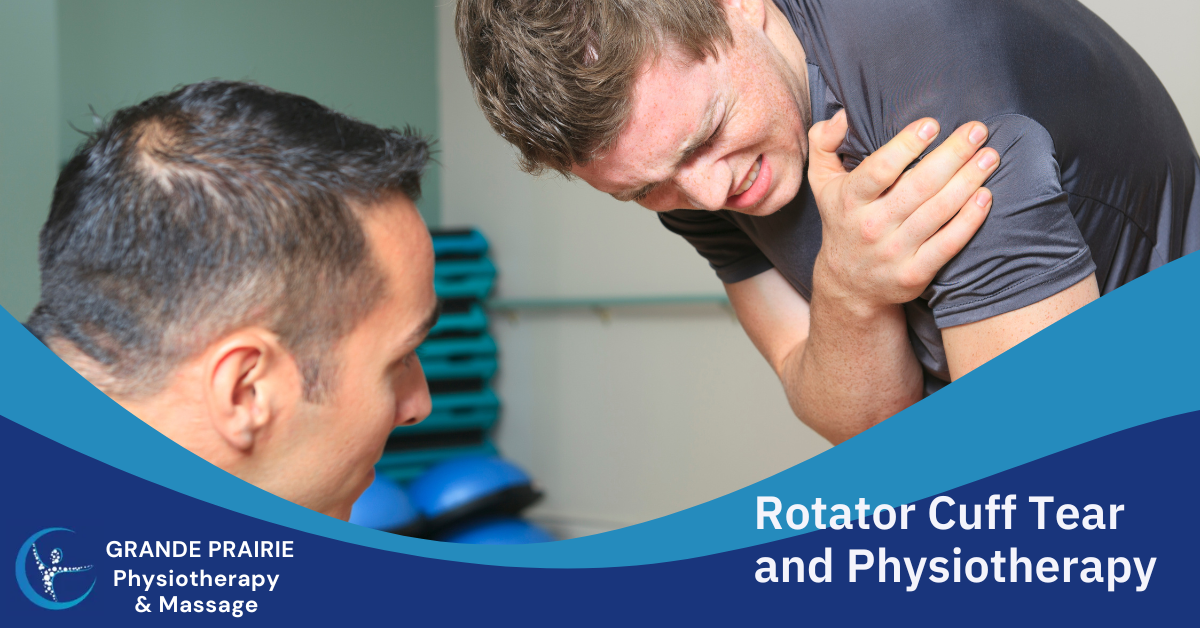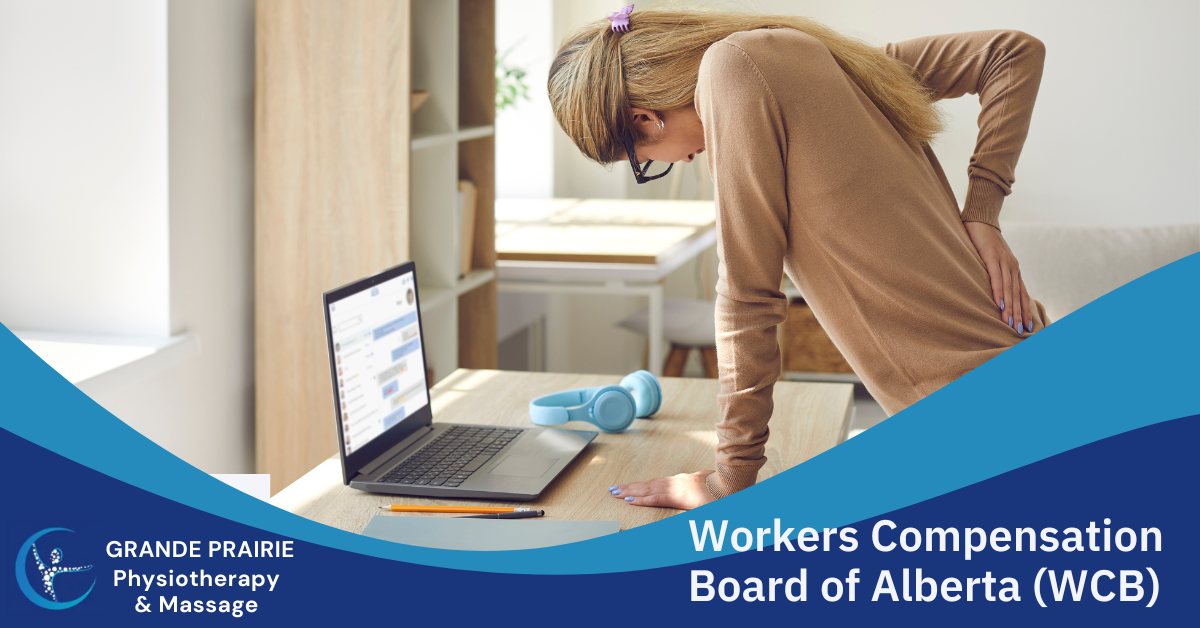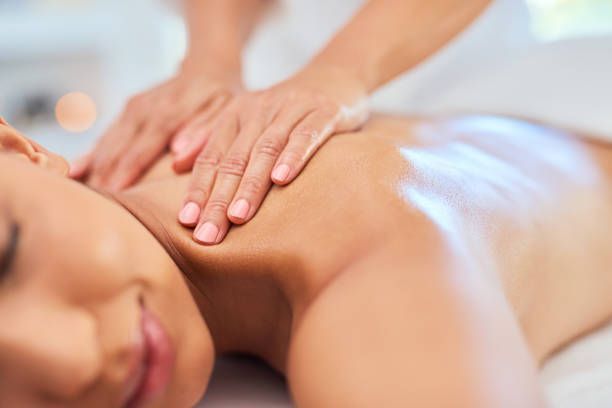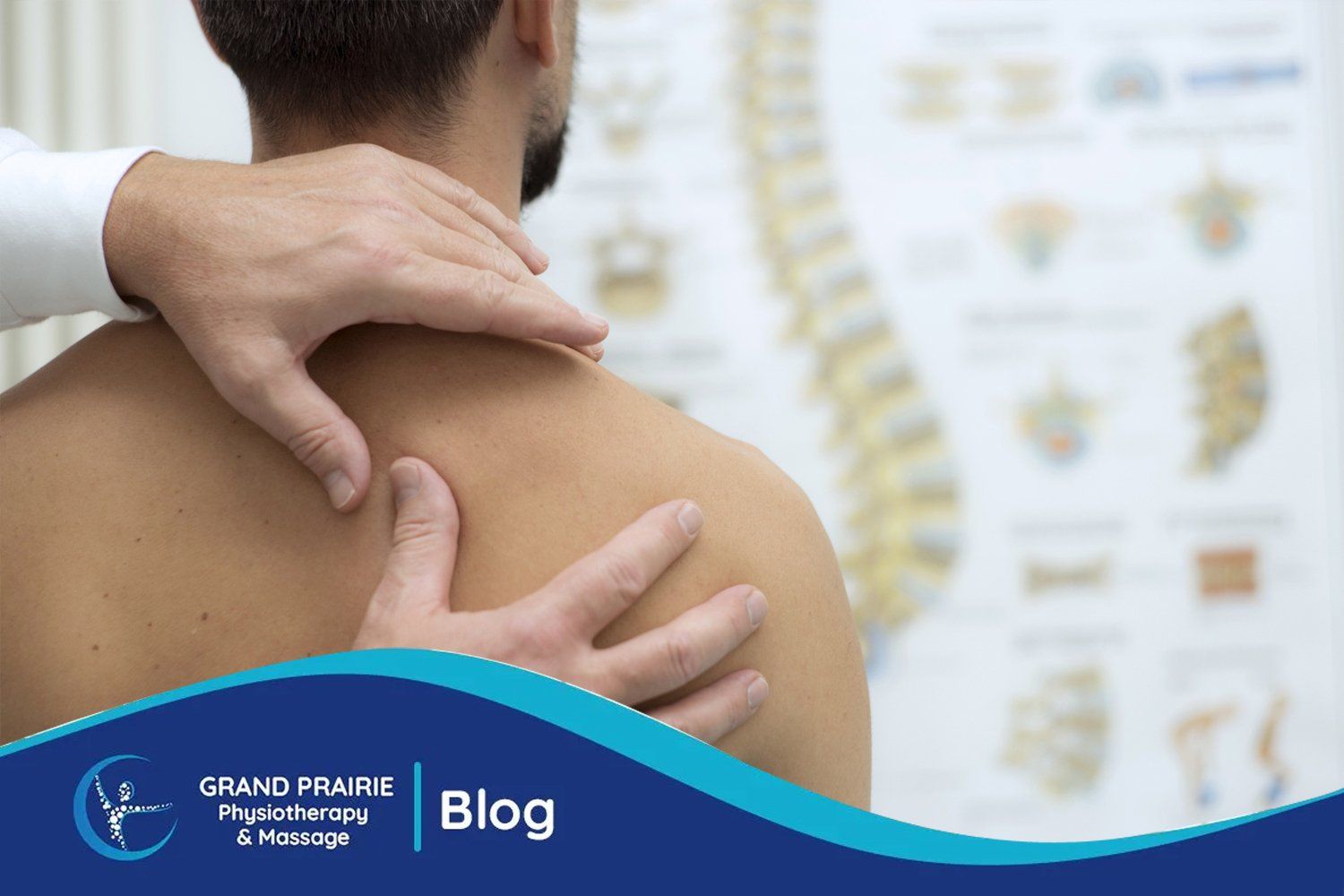The Benefits of K-Laser Physical Therapy
It is estimated that between 10 to 25 percent of people who experience lower back pain may have sacroiliitis.
Sacroiliitis is the inflammation of one or both of your sacroiliac joints. It typically stems from arthritis, trauma, and pregnancy.
Sacroiliac joint pain, or SI joint pain, is felt as a sharp, stabbing pain in the buttocks and lower back. Many people with sacroiliac joint dysfunction suffer from mobility issues impacting their everyday lives.
The good news is regular physiotherapy exercises can help SI joint pain by strengthening the muscles, restoring stability, and speeding up the healing process.
Find out the best exercises you can do to relieve lower back pain caused by SI joint pain.
Hamstring Stretch
Hamstring stretches are great targeted muscle stretches that can help stabilize the pelvis and reduce pressure on the sacroiliac joint.
Sit on the edge of a chair and straighten one leg on the floor with your toes pointing up. Lean forward and stretch your arms toward your toes to stretch the hamstring.
A good hamstring stretch should be felt in the middle of the back of the thigh. You should not feel a burning or numbing sensation. You can also do this stretch sitting on the ground.
Hip Adductor Stretch
Lie down on your back and bend your knees. Your feet should be flat on the floor or mat. Spread your knees apart to fall out to the sides to stretch your inner-thigh muscles.
Do this for 15 to 20 seconds. If the stretch is too much on your back muscles, place pillows or blankets under your feet. This will tilt your pelvis into a more comfortable position.
You can also do this exercise standing up with an exercise resistance band.
Glute Exercises
The "Bridge" exercise requires no equipment and is done on the floor. First, lay on your back with your knees bent and feet flat.
Then, squeeze your glutes and lift your hips off the floor. Slowly lower your hips back down to the ground and repeat as necessary.
You can also try the one-legged glute bridge so that you're only working one leg at a time. This is a great way to isolate and strengthen the glutes. Just remember, this will feel much more intense.
Lower Trunk Rotation
A lower trunk rotation will increase your flexibility in your lower back and may relieve pressure on your SI joints. Lie on your back with both knees slightly bent. Both shoulders should be flat on the ground or mat.
With your knees together, slowly rotate them to one side while maintaining contact with the ground. Hold this pose for 5 to 10 seconds before moving to the other side.
Repeat five times on each side.
One Knee to Chest Stretch
First, get on your back and lie down with your knees bent. Be sure that your feet are flat. Gently bring one knee to your chest while keeping the other leg bent. Pull your knee as close to your chest as possible.
Breathe deeply and hold the position for about 30 seconds before switching legs. This stretch aims to stretch your hip and lower back and relieve pressure on the spinal nerves.
Quad Stretches
Quad stretches work to reduce tension in the sacroiliac joint and minimize pressure in the lower back and nerves.
Stand on your left leg. You can stand beside a wall or chair for support. Grab your right foot and pull it towards your glutes.
Try not to push your foot too hard. Instead, focus on feeling the stretch in your quad muscle and pushing your hips forward. This will ensure you get a good hip stretch.
You can also do quad stretches lying down or kneeling.
Yoga
Yoga is another low-impact exercise that may relieve painful symptoms of SI joint pain. However, it's important not to overdo or over-exert yourself during these poses. If not done right, these movements may do more harm than good.
Cobra Pose
Cobra pose is a gentle backbend that increases the spine's mobility and can provide relief if you're experiencing lower back pain. It begins from a face-down position that warms and strengthens the spine as you open your chest up.
Locust Pose
Locust pose improves posture and may relieve lower back pain. Lie on your stomach with our arms along your side.
Slowly lift your head, upper body, arms, and legs until they parallel the floor. Hold for 10 to 20 seconds, then release.
Child's Pose
Child's pose relieves stress on your lower back and hips. Begin on your hands and knees. Spread your knees wide apart while keeping the tops of your feet on the floor, big toes touching.
Then, exhale and lower your torso between your knees. To feel a deeper stretch, widen your knees further apart.
Triangle Pose
Standing poses like the Triangle pose can strengthen the area around the sacroiliac joint.
Start in a standing mountain position with your feet about four feet apart. Extend your arms parallel to the ground. Your palms should be facing down.
Then, slowly bend to the side, so your right-hand touches your shin, ankle, or floor. Your left arm should be reaching just over your head.
Hold this position for around 20 seconds, then repeat on the other side.
Suffering From Sacroiliac Joint Pain?
You're not alone. With an estimated 10 to 25 percent of people suffering from sacroiliac joint pain, it's important to know what you can do to relieve pain and enjoy everyday life again.
The best steps you can take towards relieving your pain is by combining at-home lower back stretches with professional physiotherapy.
At Grande Prairie Physiotherapy & Massage, we prioritize getting you back on your feet. We are an outpatient clinic treating joint and back pain. Our Better Back Program is designed to support those suffering from chronic back pain to help them feel great again.
Don't let lower back pain limit your quality of life. Book an appointment at our Grande Prairie location today.
